Street fashion has become so popularized that it is becoming less and less accessible to the masses. But that doesn’t make us want to wear sneakers any less. With falling incomes, the sale of fake fashion brands is only growing, with fake sellers taking up residence online.
In 2019, the BrandMonitor monitoring platform released research sharing that “a third of sneakers sold in Russia are fakes.” This figure is increasing every day.
Where are fake sneakers sold?
The bulk of counterfeits (70%) are sold through offline channels – stores in shopping centers (37%) and clothing markets (33%). The turnover of such sales is about 54 billion rubles. The online sector accounts for about 30% of all counterfeit sneakers. Among them, a large part of the market is made up of sales through online stores, as well as trade through social networks.
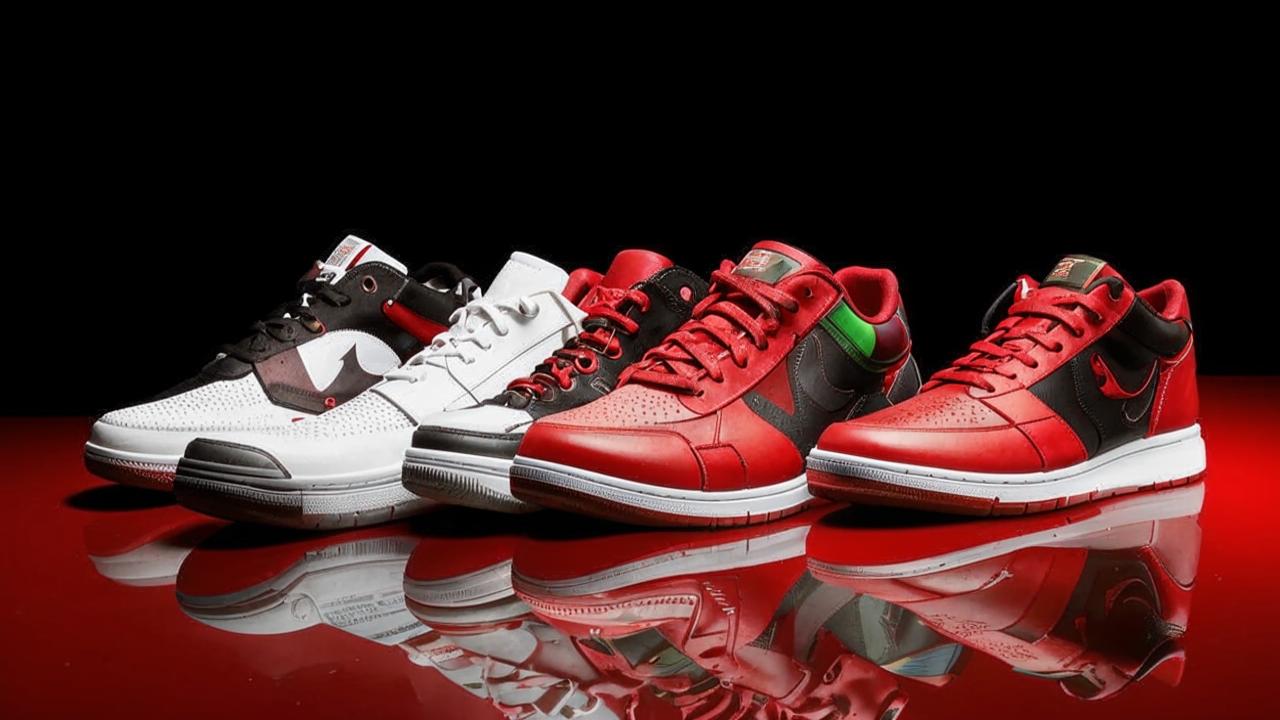
It is becoming more difficult to control counterfeit products, as the products are supplied by different companies, which themselves manage the assortment. At the same time, it is important to realize that fakes can be found not only in the market, but also in original and expensive boutiques and premium shopping centers.
No one can be insured against buying a fake, but large companies have created entire departments to combat illegal fakes.
Who buys fakes and why?
From the research BrandMonitor shows that the main target audience of fake sneakers – young people under the age of 24 years. According to the survey, 38% of respondents buy fake shoes consciously, including due to lack of funds.
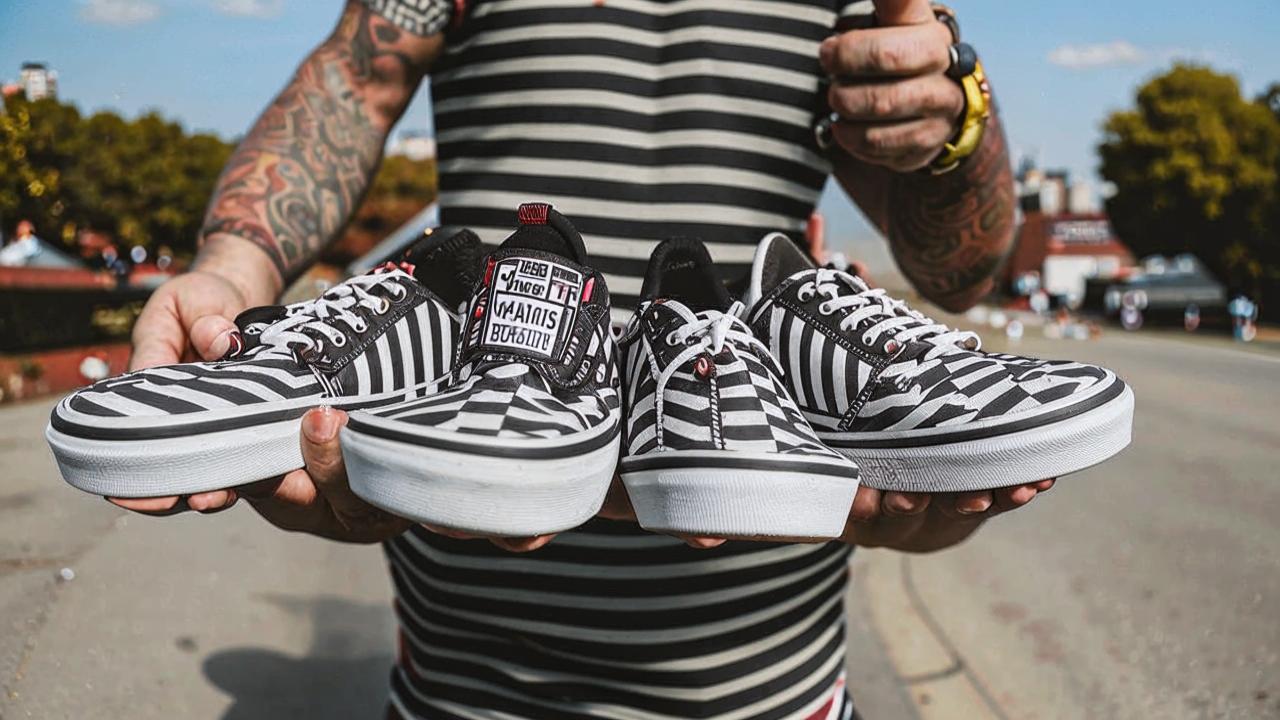
Answering the question of why and why people buy fakes, we can highlight the two most common reasons:
- High prices and inaccessibility of original models. Sometimes this is the main reason. Not only the rich want to be fashionable. Plus not everyone considers it rational to buy things at a price of several hundred or thousands of dollars, if the analogues can be found in the form of cheaper replicas;
- The quality of replicas is not inferior to the original. Then why pay more? Good replicas practically do not differ in quality from the original, and if you try hard, you can find copies even better.
What are the most commonly counterfeited?
In 2020, the StockX platform conducted a research in which it compared the market of fakes with the state as of 2016.
5 years ago, the most common fakes were the adidas YEEZY Boost 350 V2, Nike Air Jordan 1 Banned, and Nike Air Jordan 11 Space Jam – all three models are relatively affordable for the average buyer.
However, last year’s most common fakes were the Off-White™ x Nike Air Jordan 1 Chicago, Off-White™ x Nike Air Jordan 4 Sail and Travis Scott x Nike Air Jordan 1 High – all three models are very rare and rather unique.
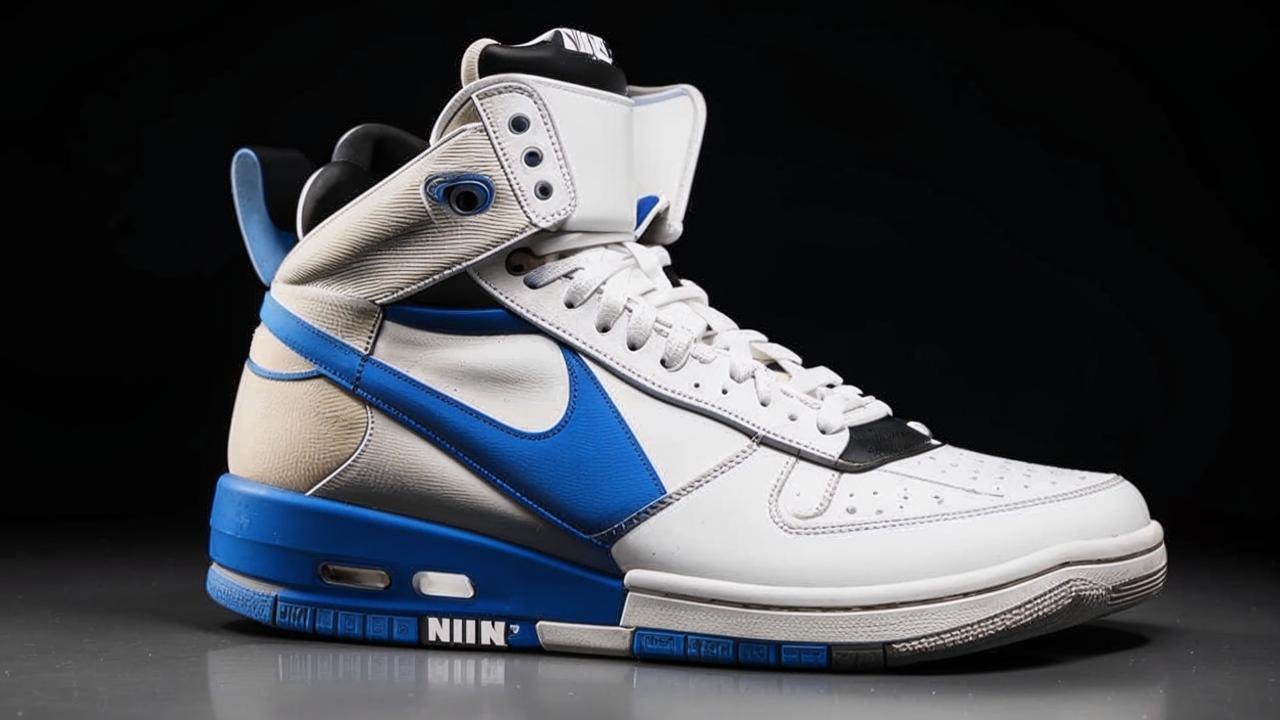
Air Jordan 1 High OG SP from the collaboration with Travis Scott
“When we look at the most popular knockoffs in 2016 compared to 2020, one of the most noticeable changes we see is the types of sneakers on the lists,” says StockX Chief Economist Jesse Einhorn. “In 2016, all three sneaker models were among the top five best-selling models on StockX. If you look at the top three knockoffs in 2020, none of the models were among our top 50 best sellers. These were some of the most limited releases of the year, featuring big names.”
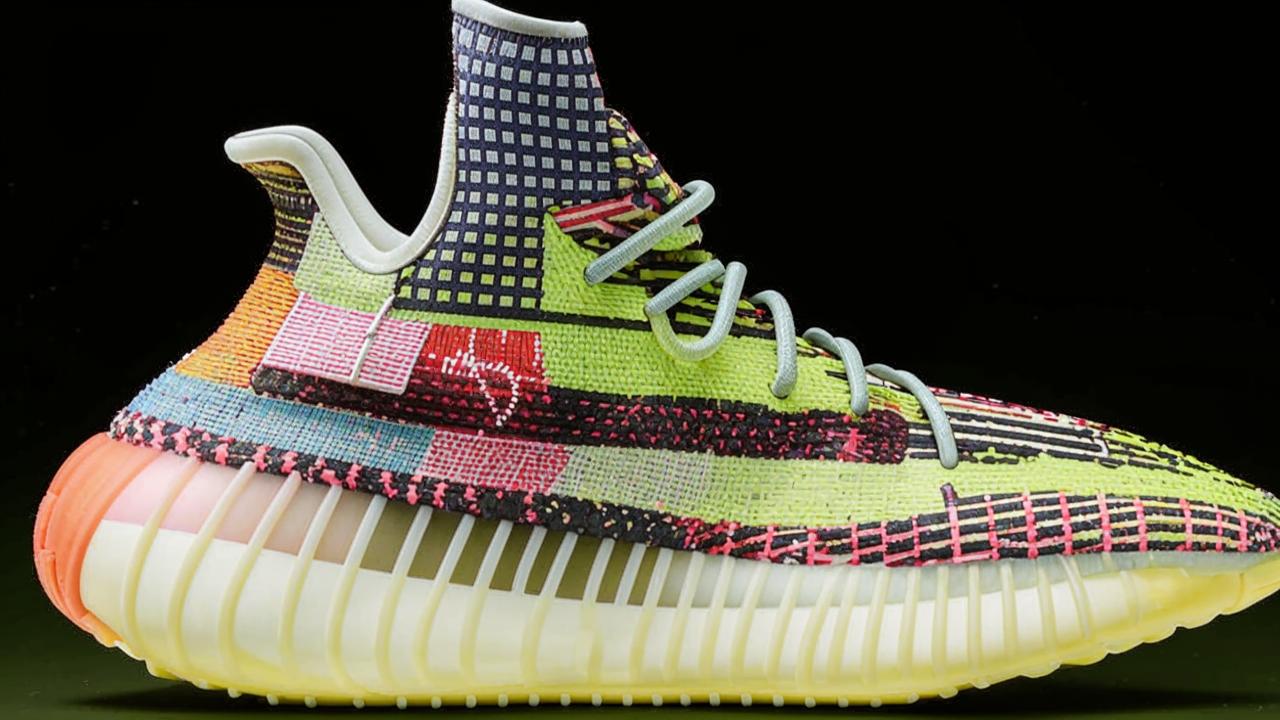
adidas Yeezy 350 V2
Currently, the most popular fakes in the world are the Air Jordan 1 and adidas Yeezy Boost 350 V2, notes Jasmine Habbouchi, an eBay Australia authenticity specialist.
How to distinguish fake sneakers from the original ones?
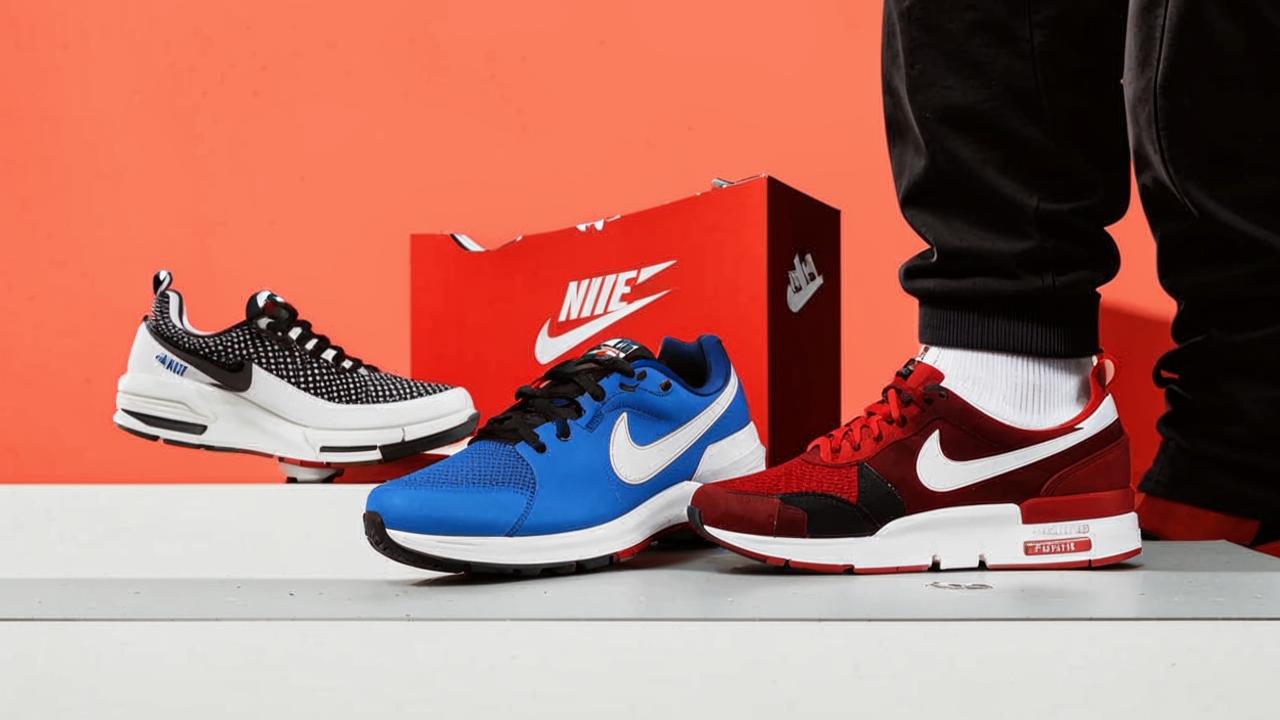
To understand how to distinguish genuine sneakers from fake ones, we advise you to follow these rules:
- Pay attention to the packaging. The color of the box and any printed designs on it are some of the most difficult details to fake, and scammers most often neglect them. When you buy sneakers online, pay close attention to any pictures that show the box.
- Smell the shoes. This is the top tip of all authentication experts. Each shoe is made up of a mixture of materials that give it a unique odor, and counterfeiters often cut production costs by using cheaper materials for the inside of the shoe.
- Consult the experts. Yes, the sneaker market has become so big and important that a new profession has emerged – the lejit-checker. This is a person who will expertly be able to determine whether you are holding an original or a fake. It will be necessary to photograph not only the sneakers themselves, but also the boxes, receipts and tags, so that the final verdict was as reliable as possible.
- Talk to the seller. If you buy sneakers through an intermediary platform, talk to the seller personally: find out the history of the origin of the pair, ask for photos of receipts and boxes;
- Buy shoes on official websites or verified resale platforms. Now such platforms exist in two formats: some work exclusively as intermediaries, others guarantee authenticity.
- If you are sold a fake, complain to the seller. You will most likely get your money back (if you took the advice from the point above).
From myself as a fan of snickerculture I can add the following: 5 years ago most of us did not understand why buy the right to watch a movie if you can download it from torrents, but today we have a bunch of subscriptions in online cinemas. It’s the same with sneakers – few people treat them as copyrighted property, as a piece of culture or a carrier of history, which is why internally we have a hard time justifying the amounts of money some models sell for.
Personally, I prefer fakes to cute and affordable mass-market models. Everyone decides for himself whether to buy fakes or not, but it is unlikely that you will feel like a descendant of a great basketball player in a replica Air Jordan.






